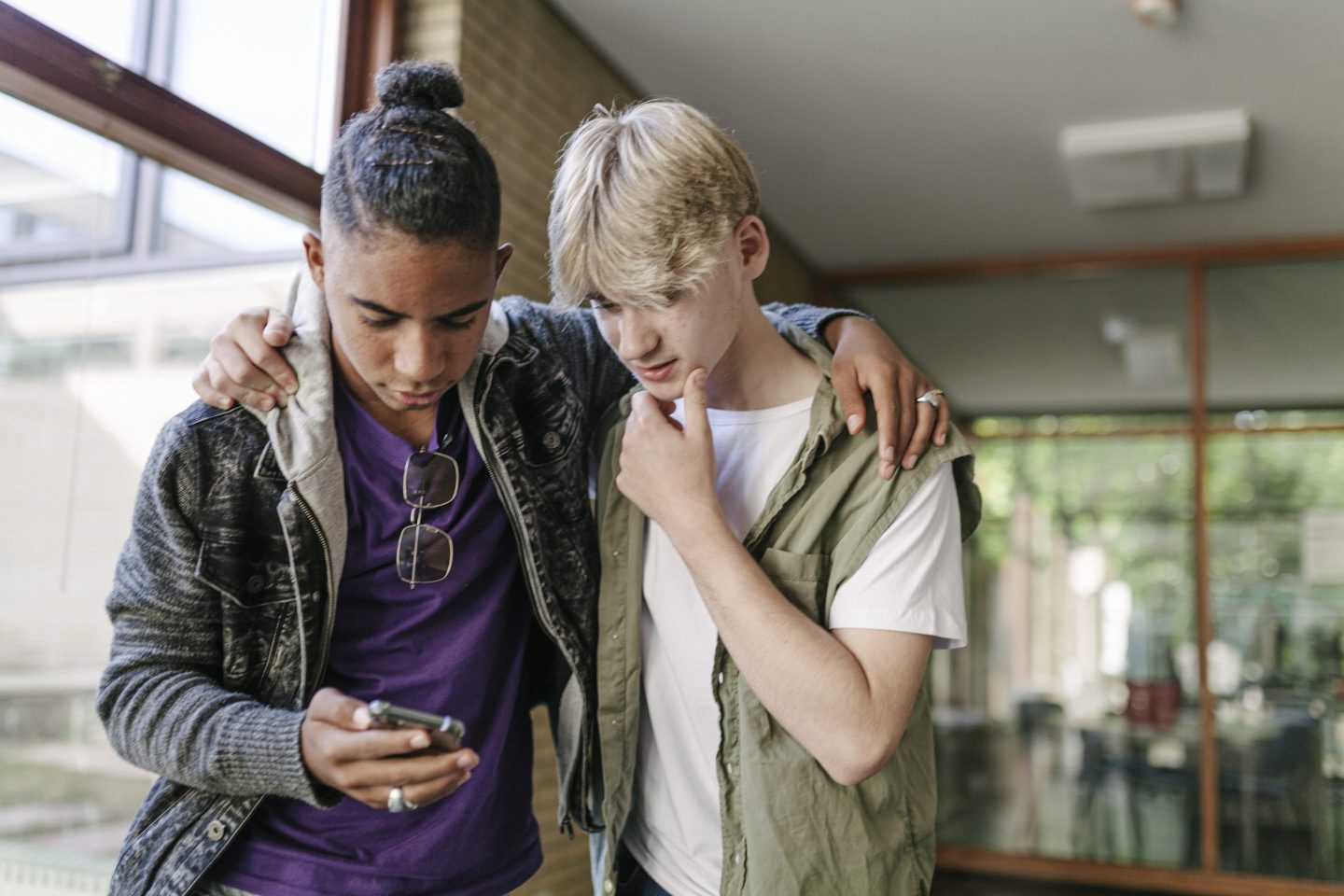Suzy Welch’s bold claim that Generation Z is “unemployable” has sparked lively debate in corporate America, prompting a wave of interventions by both companies and colleges to equip young adults with basic life and professional skills. The critique, rooted in research and observations about generational values and preparedness, is now colliding with practical workplace realities, as managers and educators scramble to bridge gaps between Gen Z expectations and employer demands.
Welch, an NYU professor and business journalist, published a widely discussed op-ed in the Wall Street Journal asserting that the major values prized by hiring managers—achievement, learning, and a strong desire to work—are priorities for only about 2% of Gen Z students surveyed. Instead, most young adults place greater emphasis on self-care, authenticity, and helping others. This mismatch, Welch and supporters argue, leaves many Gen Zers perceived as ill-prepared or unwilling to adapt to conventional professional expectations, a sentiment backed by business leaders surveyed in 2024: One in six expressed reluctance to hire recent graduates, with three-quarters labeling hires as “unsatisfactory.” It’s tough criticism coming from Welch, who created New York University’s most popular business school course ever, meeting the values-obsessed Gen Z where they are with a class dedicated to “purpose.”
Fortune has been covering the plight of Gen Z from various angles throughout 2025, a year gripped by anxiety over artificial intelligence, early indications of a shrinking entry-level job market, and a labor market marked by, in the words of Jerome Powell, a “low-hire, low-fire” mentality. Multiple leaders have told Fortune that with rote tasks exposed to automation by AI, “human skills” matter more than ever, and yet Gen Z workers appear to have a deficit of exactly those. The “Gen Z stare” phenomenon went viral as older generations vented their frustration at awkward interactions in service or professional contexts, even as evidence emerged that young workers are not poorer or unemployed in greater numbers, but they’re gripped by an unusual, emerging quarterlife crisis and a rising sense of “despair.”
Some leaders are taking action to arrest what they see as a failure to communicate. One is Rebecca Adams, the chief people officer of Cohesity, a $1.5 billion AI startup. The mother of two Gen Zers herself, Adams decided to send all of the managers at her 6,000-plus-employee company to specific training on how to interact successfully with Gen Z. Another is Liz Feld, CEO of Radical Hope, a nonprofit dedicated to equipping young adults on college campuses with better communication, interpersonal, and emotional intelligence skills. Noting “elevated anxiety, stress, and depression over the last few years,” Radical Hope began as a pilot at NYU in 2020 and has grown to 75 college campuses.
In an interview with Fortune, Adams described learning things from her children that gave her empathy for entry-level workers at her company, while opening her eyes to the need for additional training on how to behave at work. Feld described something similar from the opposite angle: “Their parents have been making so many decisions for them that when they arrive on college campus, they are completely unprepared to just do the simplest things for themselves.”
A gap in the market: workplace etiquette
Adams described situations where interns and new hires struggled with seemingly simple professional decorum: missing meetings for personal commitments or failing to grasp basic calendar tools. Such experiences have pushed Cohesity to provide explicit instructions on seemingly elementary things from managing calendars to the etiquette of meetings. Adams views these interventions not as hand-holding but as essential adaptations to a new workplace culture, where transparency, constant feedback, and a search for meaning are fundamental.
“They want to know why, how; they want constant feedback,” Adams said of her Gen Z employees. At the same time, she said, “it also is mind-boggling” to see how differently young people approach work.
Adams said Cohesity has had to teach the managers how to lead this generation of workers, while also teaching some seemingly “basic things” to younger workers, like “how do I manage my calendar? You actually have to accept the meeting request. You can’t just walk out of the meeting that you’re in because you have another one while it’s still going on.”
She relayed an anecdote about a manager/intern lunch program where a senior leader treats an intern to lunch. In this instance, she said, a manager was waiting for an intern who was so successful they were due to convert to a full-time job, but this intern didn’t get the memo that a work meeting was more important than this lunch. “Sorry, I’m late; I just had to walk. I was just in a meeting,” the intern explained. When the manager offered to reschedule, the intern said they had “a lot going on” anyway, so they figured it was fine to leave the meeting early to take lunch.
Or consider Adams’s 20-year-old son and the subject of which internship he would choose to take. His attitude was something like, “I really need to love the job and I need to love the company.” Adams told Fortune she was baffled by this: “What do you mean? I was a waitress for many years.”
Adams also highlighted transparency going hand in hand with what could seem to be standoffishness. “I do think some of them are picky. There was one guy, amazing, did such a great job in his internship…he went above and beyond. And when we went to offer him the job, he said, ‘You know what? I think I just want to take a year off and travel because I’m graduating.’ And I was like, whoa.” Adams said if she was that intern’s mother, she would have said, “You take that job. You can travel later.” But this generation is wired differently, and both sides need some new training to work together effectively.
Deep-seated fear of failure
Feld’s program, developed through discussions with thousands of students, focuses on skills that “we all got growing up at the kitchen table”—empathy, communication, setting priorities, and basic conflict resolution. Rather than group therapy, her program is pitched as a peer-led, activity-driven “experience.” Sessions may involve role-playing, stress management, time management, even sharing playlists for emotional support. Above all, there’s fundamental guidance for communicating face-to-face, as Feld says many Gen Zers are “afraid” of making small talk. “They’re threatened by it, and they will tell us that they see a rejection in a conversation as personal failure.”
Feld said the thousands of students that she’s interacted with have problems with the simplest things. “They won’t ask someone, ‘Do you want to go to the dining hall and grab dinner, you want to go grab a beer, you want to go for a walk, you want to get a coffee?’” If someone says no, she adds, “they internalize the whole thing. The face-to-face rejection is what they’re afraid of.” She said they simply never learned how, and technology enabled them to sidestep many seemingly basic steps in their development.
As she continued describing what she’s seen in her work, Feld’s fury and puzzlement grew in equal proportion. When asked about the reporting of some Gen Z job candidates bringing their parents to job interviews, Feld confirmed it’s very real. “We talk about it, and this goes back to the parents who actually think it’s appropriate to go to Bank of America for an interview with their child, who’s at Dartmouth, by the way…there are so many weird components to this that don’t add up.”
Feld said sometimes she hears that parents tell their young adult children, “I’m coming with you, you can’t do this on your own, which is…why would you ever say that to a 22-year-old?” She said the pressure is immense. “These young people feel like they have to perform for their own parents all the time.”
Adams separately described the huge pressures she sees young people putting on themselves, calling it “scary and fascinating.” She said she sees Gen Z interns and colleagues being intensely focused on the future, recalling Jonathan Haidt’s thesis on Gen Z as the “anxious generation” raised on smartphones. Adams described a performance anxiety similar to what Feld identified, an attitude of: “I want to have everything locked in so that I can then decide if I want to get married, if I want to have kids, so I want to career-climb as much as possible before that, but I also want to travel and have lots of work-life balance.
“When I’ve been meeting with them,” Adams said, “the pressure they put on themselves scares me.” She said there’s so much thought to picking the right major, optimizing the best career, performing at the top level at every moment. It was totally different for her. “My major didn’t equate to work for me. It was something I was interested in and it was the experience of going to college” that was more important.
Neither Adams nor Feld were aware of many of the viral catchphrases attributed to Gen Z. Adams used the phrase “locked in” to describe the attitude of her Gen Z colleagues, but clarified that she does not watch TikTok and never heard of “the great lock-in,” so her use of the phrase was coincidental. Feld, herself, had never heard of the “Gen Z stare” but she recognized the description of it.
“I see it when young adults mobile-order,” Feld said. “And they go into Starbucks, or Dunkin’ Donuts, or Chipotle, and they won’t even say thank you, or they won’t even look at the person who’s giving them the bag. They’re on their phone, or pretending they’re on the phone, so they don’t have to even have an interaction.” She said she talked to a parent who had sent their offspring to a therapeutic boarding school, and this young adult was so afraid of interaction that they were actually actively learning how to do this. “One of the exercises they had to practice at school was to go into a Dunkin’ Donuts or a McDonald’s and practice giving someone money [and getting change], like, as a twentysomething-year-old.”
Feld said the most heartening thing is that these young adults “want to have in-person communication, they just don’t know how. A big eye-opener was that it’s actually a skill that they just didn’t learn, that they want to learn.”













